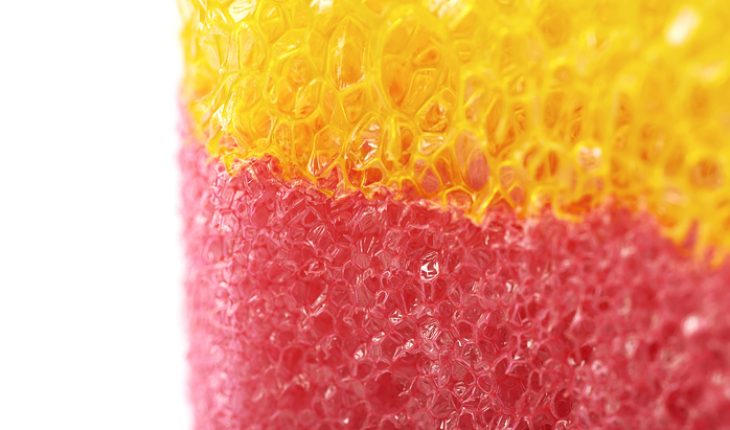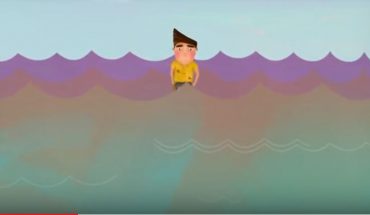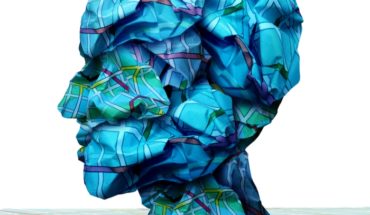Alzheimer’s disease is by far the commonest form of dementia, affecting around 1.5 per cent of all people over the age of 65. There is still no cure, but research has shown that loss of higher brain functions is caused when normal amyloid proteins change their shape and settle as coils of fibrous material on the brain tissue. This process, which slowly kills off the neurones, is almost certainly encoded in the genes, somewhere in the middle of chromosome 19.
Less well known, however, is how the disease starts and progresses. Diagnosis often occurs long after the disease has taken hold, when the symptoms of memory loss and disorientation become impossible to ignore. Once a diagnosis has been made, it is often too late to start a course of drug treatments that could help slow down the disease, which is invariably fatal. At the point of death, someone with Alzheimer’s disease has typically lost 25-30 per cent of his or her brain volume.
The latest Magnetic Resonance Imaging (MRI) scanning technology, combined with a clever new computer programme called Midas, is already helping to change all this. Members of the Dementia Research Group based at London’s Institute of Neurology have developed a system called voxel-compression mapping, which picks up the earliest brain changes that characterise degenerative brain disorders like Alzheimer’s. As the disease takes hold, its progression can be monitored in minute detail. This is a welcome change from the current method of comparing and contrasting scans using nothing but the naked eye.
Professor Nick Fox, professor of neurology at University College, Lonon came up with the idea of voxel-mapping along with colleague Professor Martin Rossor. “It can be extremely difficult to detect changes in brain scans over time,” Dr Fox explains. “Neuroradiologists do an amazing job picking up an abnormality that shouldn’t be there, but the eye is not so good at quantifying change. Computational methods of assessing brain scans seemed the way forward.”
First, the patient’s brain is scanned using high-resolution MRI. (MRI picks up signals from different types of fluid in the body and creates a very detailed map of tissue. Usefully, it sees through essentially “dry” bone and can peer through the skull with no problem.) The Midas programme works by dividing the entire brain into a million one-millimetre cubes, known as voxels. (A voxel is basically the three-dimensional equivalent of a pixel.) A second image, taken some time later, is then compared to the first. The computer begins by matching up the two images as precisely as possible. Essentially, it compares the images voxel by voxel and jiggles them around until it gets the best possible fit.
When the best match has been made, the programme analyses the voxels that do not match up, registering how much each one has been squeezed or stretched. This data is converted into a spectrum of colours. Areas where there is significant tissue loss are colour coded in blue. Fluid-filled cavities, which are expanding in a brain with Alzheimer’s, are colour coded in red. Each voxel also has a number so it is possible to see tissue loss in a particular area no more than a thumb nail’s thickness.
Voxel-compression mapping has already been used to back up studies that suggest that Alzheimer’s starts in the hippocampus, the area of the brain which controls recent memory. It has also been used to observe initial structural brain changes in people who have a genetic predisposition to developing early-onset Alzheimer’s disease but have not yet shown any clinical symptoms.
Dr Fox is hoping that MRI scans will soon be able to give him the high resolution he needs to see protein accumulation itself. “At the moment, we see the affects of that protein accumulation and cellular damage. Ultimately, we would like to see it directly as it is happening, rather than just seeing the consequences.” This would mean that researchers could test drugs and see if they have an effect at a cellular level. “That outcome is the Holy Grail that might lead to a cure. We are not there yet, but we are not far away.” He thinks that ten million voxels should do nicely.
- The da Vinci 5 Robot Is Set To Transform Bariatric Care: - 31st March 2025
- Beyond money: the hidden drivers fuelling child food insecurity - 31st March 2025
- Tobacco and Vapes Bill - 31st March 2025






